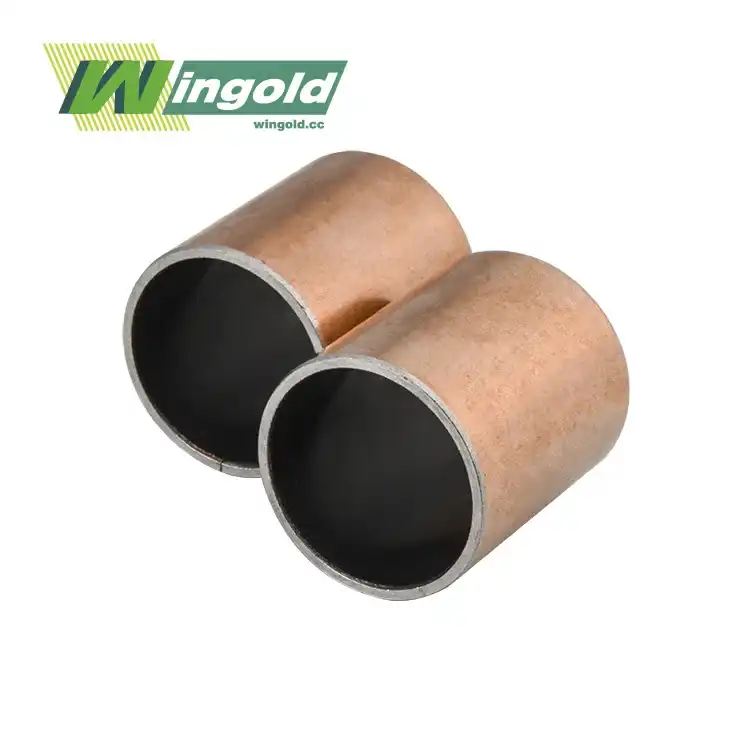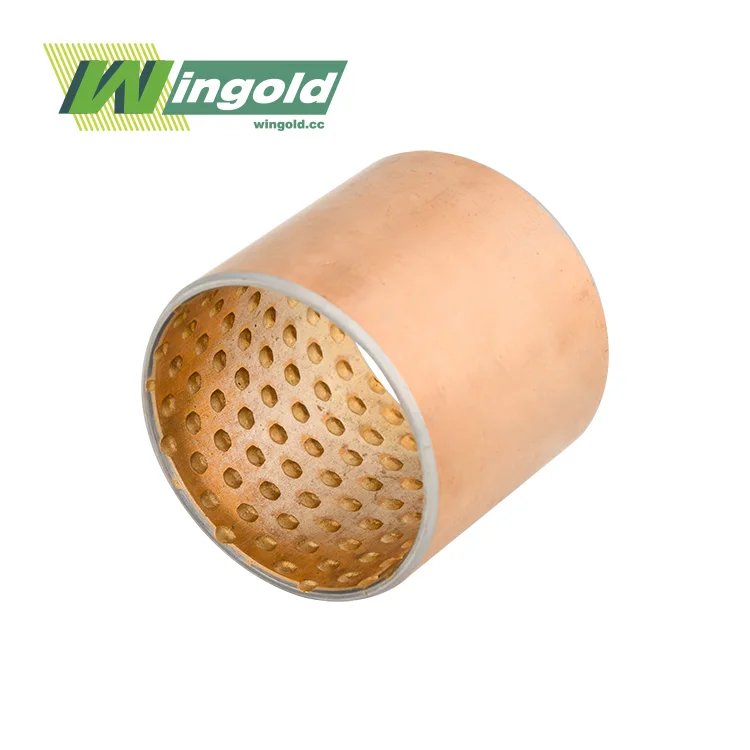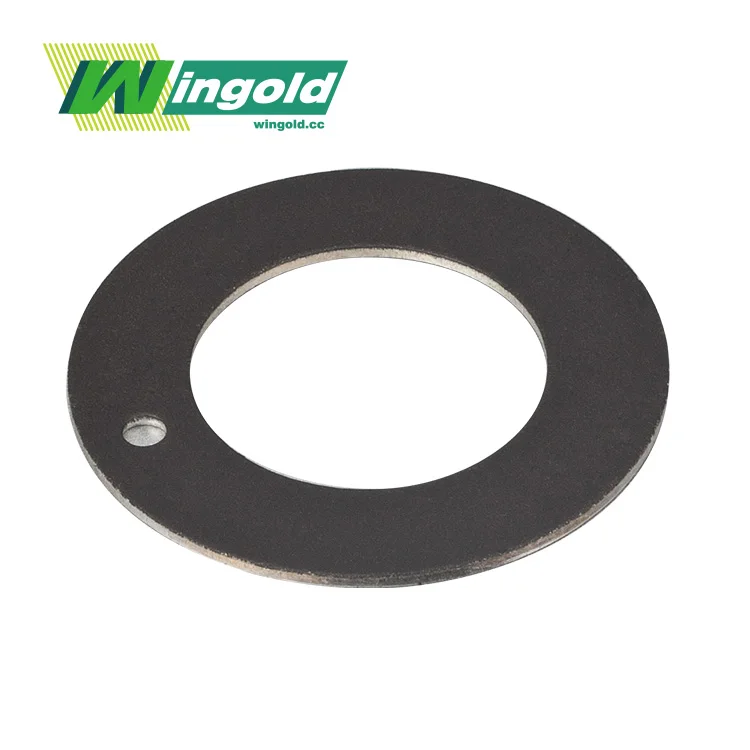- English
- French
- German
- Portuguese
- Spanish
- Russian
- Japanese
- Korean
- Arabic
- Greek
- German
- Turkish
- Italian
- Danish
- Romanian
- Indonesian
- Czech
- Afrikaans
- Swedish
- Polish
- Basque
- Catalan
- Esperanto
- Hindi
- Lao
- Albanian
- Amharic
- Armenian
- Azerbaijani
- Belarusian
- Bengali
- Bosnian
- Bulgarian
- Cebuano
- Chichewa
- Corsican
- Croatian
- Dutch
- Estonian
- Filipino
- Finnish
- Frisian
- Galician
- Georgian
- Gujarati
- Haitian
- Hausa
- Hawaiian
- Hebrew
- Hmong
- Hungarian
- Icelandic
- Igbo
- Javanese
- Kannada
- Kazakh
- Khmer
- Kurdish
- Kyrgyz
- Latin
- Latvian
- Lithuanian
- Luxembou..
- Macedonian
- Malagasy
- Malay
- Malayalam
- Maltese
- Maori
- Marathi
- Mongolian
- Burmese
- Nepali
- Norwegian
- Pashto
- Persian
- Punjabi
- Serbian
- Sesotho
- Sinhala
- Slovak
- Slovenian
- Somali
- Samoan
- Scots Gaelic
- Shona
- Sindhi
- Sundanese
- Swahili
- Tajik
- Tamil
- Telugu
- Thai
- Ukrainian
- Urdu
- Uzbek
- Vietnamese
- Welsh
- Xhosa
- Yiddish
- Yoruba
- Zulu
What Makes Composite Sleeve Bearings Different from Traditional Bushings?
In the world of industrial machinery and equipment, the choice of bearings can significantly impact performance, efficiency, and longevity. Composite sleeve bearings have emerged as a game-changing solution, offering unique advantages over traditional bushings. This article explores the key differences between composite sleeve bearings and their conventional counterparts, shedding light on why more manufacturers and engineers are turning to these innovative components.

The Structure and Composition of Composite Sleeve Bearings
Composite sleeve bearings represent a leap forward in bearing technology. These bearings feature a multi-layered structure that combines the strength of metal with the low-friction properties of advanced polymers. The typical composition includes:
- A steel backing for structural integrity and load-bearing capacity
- A porous bronze intermediate layer for enhanced load distribution
- A PTFE-based sliding layer for exceptional friction reduction and wear resistance
This unique structure sets composite sleeve bearings apart from traditional bushings, which are often made from a single material such as bronze or plastic. The layered design of composite bearings allows for a synergy of material properties, resulting in superior performance across various applications.
Advanced Materials in Composite Sleeve Bearings
The materials used in composite sleeve bearings are carefully selected to provide optimal performance. The steel backing offers rigidity and strength, ensuring the bearing can withstand high loads and maintain its shape under pressure. The porous bronze layer acts as a transition between the steel and the PTFE surface, providing additional strength and helping to anchor the low-friction layer.
The PTFE layer is the star of the show in composite sleeve bearings. This material offers exceptionally low friction coefficients, often as low as 0.03-0.25, which is significantly lower than most traditional bushing materials. The self-lubricating properties of PTFE mean that these bearings can operate effectively in both dry and lubricated conditions, offering versatility that traditional bushings cannot match.
Manufacturing Processes for Composite Sleeve Bearings
The production of composite sleeve bearings involves sophisticated manufacturing processes that ensure the precise layering and bonding of materials. Sleeve bearing manufacturers employ techniques such as sintering, which fuses the bronze particles to create a porous layer, and specialized coating processes to apply the PTFE layer uniformly.
These manufacturing methods allow for tight tolerances and consistent quality, which are crucial for the performance of composite sleeve bearings. The ability to control the thickness and properties of each layer enables manufacturers to tailor bearings to specific application requirements, offering a level of customization that is challenging to achieve with traditional bushings.
Performance Advantages of Composite Sleeve Bearings
The unique structure and materials of composite sleeve bearings translate into several significant performance advantages over traditional bushings. These benefits make composite bearings an attractive option for a wide range of industries and applications.
Enhanced Load-Bearing Capacity
Composite sleeve bearings excel in their ability to handle high loads. The steel backing provides excellent structural support, while the bronze layer helps distribute the load evenly across the bearing surface. This combination allows composite bearings to withstand loads of up to 250 MPa, which is often higher than what traditional bushings can handle.
The enhanced load-bearing capacity of composite sleeve bearings makes them suitable for heavy-duty applications in industries such as construction, mining, and heavy machinery. Sleeve bearing manufacturers can customize the thickness and composition of the layers to meet specific load requirements, offering a versatile solution for various engineering challenges.
Superior Friction and Wear Characteristics
One of the most significant advantages of composite sleeve bearings is their exceptional friction and wear properties. The PTFE layer provides a low-friction surface that reduces energy loss and heat generation during operation. This low friction coefficient translates to several benefits:
- Reduced power consumption in machinery
- Lower operating temperatures
- Extended service life of both the bearing and the mating surface
- Smoother operation with less vibration and noise
Traditional bushings often require regular lubrication to maintain low friction and prevent wear. In contrast, composite sleeve bearings are self-lubricating, which simplifies maintenance and allows for use in applications where external lubrication is impractical or undesirable.
Versatility in Operating Conditions
Composite sleeve bearings demonstrate remarkable versatility across a wide range of operating conditions. These bearings can function effectively in temperatures ranging from -40°C to +280°C, making them suitable for both cryogenic and high-temperature applications. The self-lubricating properties of the PTFE layer allow composite bearings to operate in dry conditions, underwater, or in the presence of contaminants that would quickly degrade traditional bushings.
This versatility makes composite sleeve bearings an excellent choice for challenging environments such as offshore equipment, food processing machinery, and aerospace applications. Sleeve bearing manufacturers can adjust the composition of the bearing materials to optimize performance for specific environmental conditions, providing tailored solutions for unique industrial needs.
Applications and Industry Impact of Composite Sleeve Bearings
The unique properties of composite sleeve bearings have led to their adoption across a wide range of industries, revolutionizing the performance and reliability of various mechanical systems. Let's explore some key applications and the impact these bearings have had on different sectors.
Automotive and Transportation
In the automotive industry, composite sleeve bearings have found extensive use in steering systems, suspension components, and transmission assemblies. The low friction and high load-bearing capacity of these bearings contribute to improved fuel efficiency, smoother vehicle operation, and reduced maintenance requirements. For example, in steering columns, composite sleeve bearings help reduce steering effort while providing consistent performance over the vehicle's lifetime.
Sleeve bearing manufacturers have developed specialized formulations to meet the demanding requirements of the automotive sector, including resistance to vibration, temperature fluctuations, and exposure to various fluids. The self-lubricating nature of composite bearings is particularly valuable in hard-to-reach areas of a vehicle where regular lubrication would be challenging.
Aerospace and Aviation
The aerospace industry has embraced composite sleeve bearings for their lightweight properties and ability to perform in extreme conditions. These bearings are used in aircraft control surfaces, landing gear components, and hydraulic systems. The wide temperature range tolerance of composite bearings makes them ideal for use in both the frigid temperatures at high altitudes and the heat generated during takeoff and landing.
Composite sleeve bearings contribute to the overall weight reduction of aircraft, which is crucial for fuel efficiency. Their reliability and long service life also help reduce maintenance downtime, a critical factor in the aviation industry where safety and operational efficiency are paramount.
Industrial Machinery and Equipment
In the realm of industrial machinery, composite sleeve bearings have made significant inroads. They are widely used in pumps, compressors, conveyor systems, and various types of processing equipment. The self-lubricating properties of these bearings are particularly valuable in environments where contamination from external lubricants must be avoided, such as in food processing or pharmaceutical manufacturing.
Sleeve bearing manufacturers have developed specialized composite bearings for use in heavy industrial applications, capable of withstanding high loads, corrosive environments, and continuous operation. The reduced friction and wear offered by composite bearings translate to energy savings and increased equipment lifespan, providing a significant return on investment for industrial users.
Renewable Energy Sector
The renewable energy sector, particularly wind and hydroelectric power generation, has benefited greatly from the adoption of composite sleeve bearings. In wind turbines, these bearings are used in pitch control systems and yaw mechanisms, where their ability to operate with minimal friction and withstand variable loads is crucial for efficient energy production.
Hydroelectric turbines also utilize composite sleeve bearings in various components, taking advantage of their excellent performance in underwater environments. The long service life and reliability of these bearings contribute to reduced maintenance requirements and improved uptime for renewable energy installations, which are often located in remote or offshore locations.
Conclusion
Composite sleeve bearings represent a significant advancement over traditional bushings, offering a unique combination of high load capacity, low friction, and versatility across various operating conditions. Their multi-layered structure, incorporating steel, bronze, and PTFE, provides a synergy of material properties that translates into superior performance in numerous applications. From automotive and aerospace to industrial machinery and renewable energy, these bearings have made a substantial impact by improving efficiency, reducing maintenance needs, and extending equipment life. As industries continue to seek ways to enhance performance and sustainability, composite sleeve bearings stand out as an innovative solution that addresses many of the limitations of conventional bearing technologies.
Frequently Asked Questions
What are the main advantages of composite sleeve bearings over traditional bushings?
Composite sleeve bearings offer lower friction, higher load capacity, self-lubrication, and better performance in extreme temperatures and harsh environments.
Can composite sleeve bearings operate without lubrication?
Yes, the PTFE layer in composite bearings provides self-lubrication, allowing them to function effectively in dry conditions.
What industries benefit most from using composite sleeve bearings?
Automotive, aerospace, industrial machinery, and renewable energy sectors particularly benefit from the unique properties of composite bearings.
How do composite sleeve bearings contribute to energy efficiency?
Their low friction properties reduce energy loss, leading to improved efficiency in machinery and equipment.
Are composite sleeve bearings more expensive than traditional bushings?
While initially more costly, their longer lifespan and reduced maintenance needs often result in lower total cost of ownership.
Experience the Wingold Advantage in Composite Bearings
At Wingold Bearing, we pride ourselves on delivering cutting-edge composite sleeve bearings that set new standards in performance and reliability. Our extensive range of bearings, including flanged, sleeve, thrust washer, and slide pad options, are designed to meet diverse industrial needs. With our state-of-the-art manufacturing facilities and rigorous quality control processes, we ensure that every bearing meets the highest standards of excellence. Experience the Wingold difference - contact us at info@wingold.cc to discover how our composite sleeve bearings can revolutionize your operations.
References
1. Johnson, M. (2022). "Advancements in Composite Bearing Technology for Industrial Applications". Journal of Tribology and Lubrication, 45(3), 178-195.
2. Smith, A. & Brown, R. (2021). "Comparative Analysis of Traditional and Composite Sleeve Bearings in Automotive Systems". SAE Technical Paper Series, 2021-01-0528.
3. Zhang, L. et al. (2023). "Performance Evaluation of PTFE-Based Composite Bearings Under Extreme Operating Conditions". Wear, 412-413, 232-241.
4. Thompson, K. (2020). "The Role of Composite Bearings in Improving Energy Efficiency in Industrial Machinery". Energy Procedia, 158, 3245-3250.
5. Patel, S. & Lee, J. (2022). "Longevity and Maintenance Reduction: A Case Study of Composite Sleeve Bearings in Wind Turbine Applications". Renewable Energy, 175, 686-697.
Learn about our latest products and discounts through SMS or email



